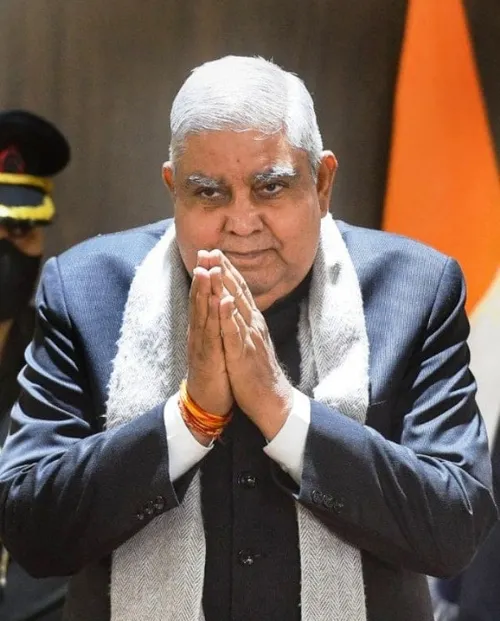Kagiso Rabada was suspended from cricket only six weeks ago, midway through a stint in the Indian Premier League.
The South Africa seamer received a standing ovation from the crowd at Lord’s Cricket Ground in London on Wednesday.
The accolade was for Rabada starring in the World Test Championship final by taking 5-51 in 15.4 overs to help South Africa rout defending champion Australia for 212 on day one.
“You always felt on this wicket, any ball had their name on it,” he said.
The South Africans didn’t have it all their own way, however, as they were left reeling at 43-4 at the close.

Rabada grabbed the spotlight from the off, taking two wickets in the morning. The three wickets after tea also earned him personal milestones.
His third wicket of the day, bowling Australia captain Pat Cummins, tied him with Allan Donald on 330 wickets for fourth place on South Africa’s all-time Test list. The fourth wicket, Beau Webster, left Donald behind. The fifth wicket, Mitchell Starc, gave Rabada a five-for and a second inscription on the Lord’s honours boards.
Each time he finished bowling and returned to patrol the boundary, Rabada was applauded by the large contingent of South Africa fans.
“It feels like a home game,” he said. “I’m just happy I could do a job out there. All of us started really well, I just got the rewards today.”

It all went better than Rabada and South Africa expected after he tested positive for a recreational drug in January and admitted to it.
Rabada underwent education programmes that reduced his suspension from three months to a month – April – in the middle of his multimillion-dollar IPL contract.
The Proteas and Cricket South Africa hierarchy supported Rabada through the process and, after some criticism of the length of suspension, prepared him for any abuse during the WTC final.
If there was any, it was muted by his success.
Just before leaving South Africa for London to play in the final, he said of the suspension, “The biggest thing I took away from it is having gratitude for playing the game that we love. I’m just glad to be playing again.”
South Africa would say the same.

Australia batter Steve Smith, meantime, hopes the variable bounce at Lord’s will help them make further inroads into South Africa’s fragile batting lineup on day two.
Smith marked his first outing since March with 66 runs and felt Australia were in the driving seat after the opening day. Yet they were now looking to capitalise on their advantage.
“I think the bounce is going to be variable throughout the game, as we’ve seen already on day one, so hopefully we can get a few early wickets in the morning and sort of go through them and have a bit of a lead. That’s the ideal scenario for us right now.”
Australia are 169 runs ahead after a day in which 14 wickets fell.
“I think we’re in a good spot. We’ve probably had a few missed opportunities with the bat to try and get a bigger total, but I think the wicket offered something all day.
“We could have had a better day, but we’re still in a nice position,” Smith said after stumps on Wednesday.

Smith, a prolific run scorer at Lord’s, was returning after a lengthy holiday in which he said he hardly picked up a bat.
“I felt good, felt in a nice place. I love batting here at Lord’s and enjoyed my time while I was out there, but left a few in the shed, unfortunately.
“It felt quite tricky, the wicket felt like it was doing enough all day … probably a little bit on the slower side, and then one kind of zings through.”
Smith was irritated to have been dismissed by part-time spinner Aiden Markram, trying to slog him to the boundary but getting a healthy edge to slip.
“I’m still trying to fathom how I’ve done that,” he said.

Anurag Dhole is a seasoned journalist and content writer with a passion for delivering timely, accurate, and engaging stories. With over 8 years of experience in digital media, she covers a wide range of topics—from breaking news and politics to business insights and cultural trends. Jane's writing style blends clarity with depth, aiming to inform and inspire readers in a fast-paced media landscape. When she’s not chasing stories, she’s likely reading investigative features or exploring local cafés for her next writing spot.






